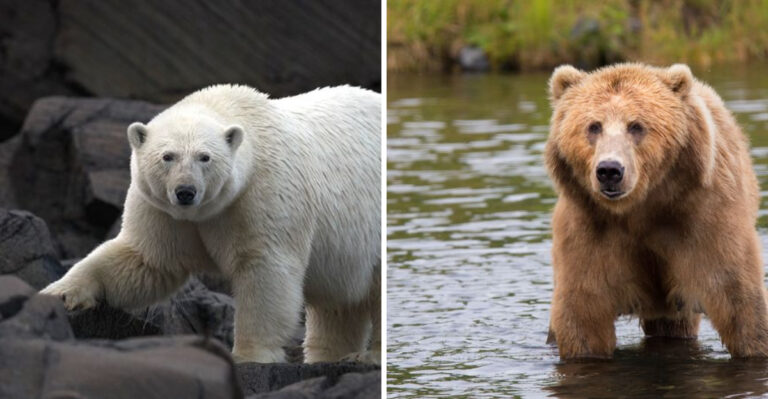Deep-Sea Exploration Reveals 5,000 New Animal Species, Expanding Ocean Biodiversity

Scientists exploring the deepest parts of our oceans have made an incredible discovery – over 5,000 new animal species previously unknown to science! These creatures have been hiding in the darkest corners of the sea, sometimes miles below the surface.
The findings are changing how we understand ocean life and showing us just how much we still have to learn about our watery world.
1. Exploring Uncharted Ocean Depths
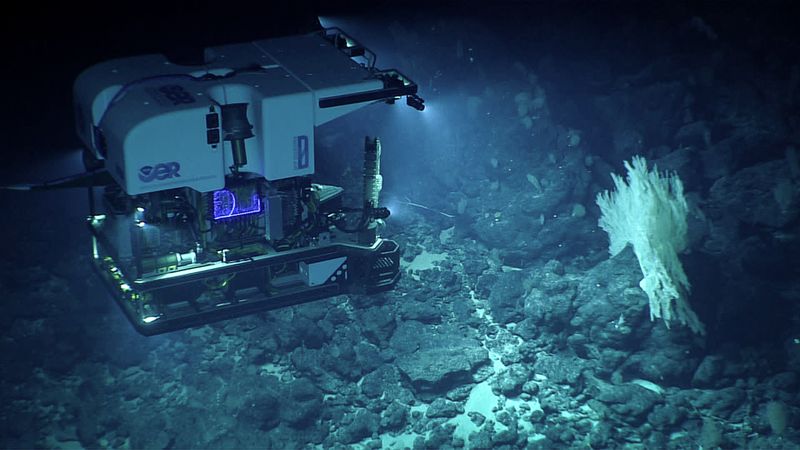
Hidden beneath crushing pressure and eternal darkness, the ocean’s deepest zones remain Earth’s final frontier.
Only 20% of our oceans have been mapped in detail, leaving vast underwater landscapes completely unexplored. Modern submersibles equipped with high-definition cameras are finally allowing scientists to witness strange creatures that have evolved in isolation for millions of years.
2. Worms And Arthropods Found In Deep-Sea Regions
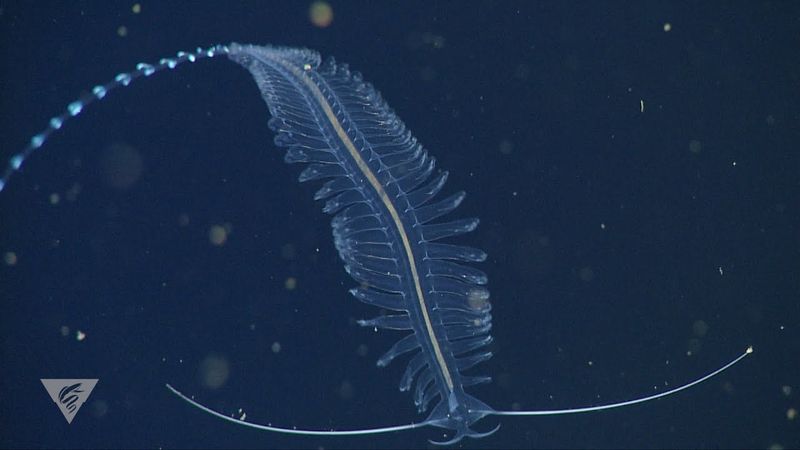
Bizarre bristle worms sporting neon colors thrive near hydrothermal vents where no sunlight penetrates. Some newly discovered species grow over six feet long, despite living under extreme pressure.
These resilient creatures have developed unique adaptations like specialized hemoglobin that functions in oxygen-poor environments, allowing them to flourish where most animals would instantly perish.
3. Deep-Sea Biodiversity Expands With New Discoveries
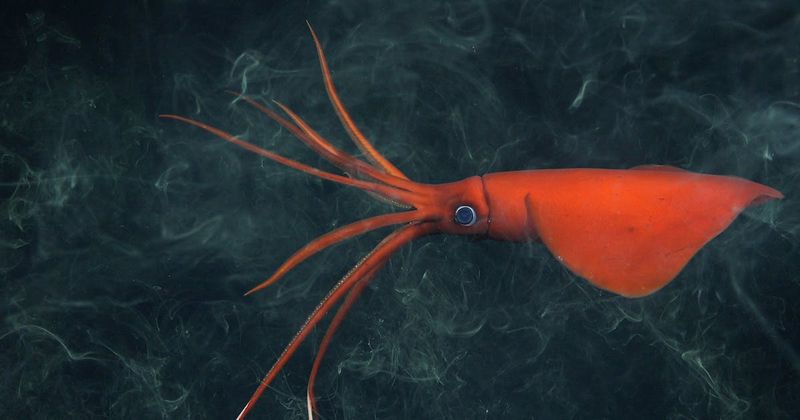
Every expedition to unexplored trenches yields unexpected treasures for marine biologists. Scientists recently documented transparent sea cucumbers, ghostly fish without scales, and shrimp that can survive in water hot enough to melt lead.
This explosion of new species suggests our current ocean biodiversity estimates are dramatically low, with potentially millions more creatures awaiting discovery.
4. The Unseen Life Below The Surface
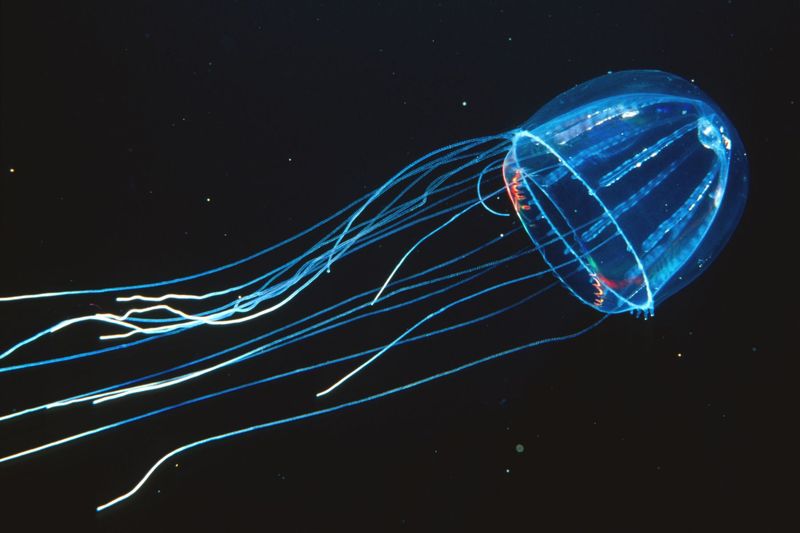
Imagine creatures that create their own light in a world of permanent midnight! Bioluminescent animals dominate the deep sea, using chemical reactions to produce eerie blue and green glows.
Recent expeditions have revealed fish with light-producing organs called photophores arranged in complex patterns, serving as communication systems, hunting tools, and even camouflage in the inky depths.
5. New Species Found In Remote Ocean Habitats
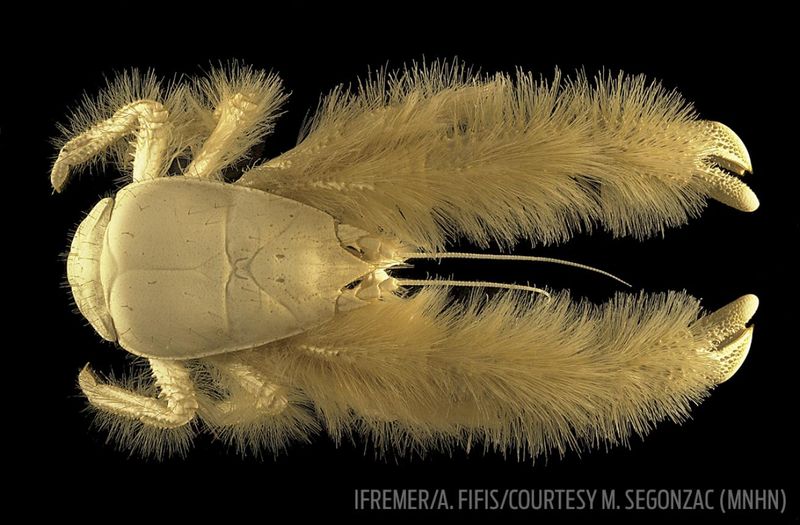
Forget aliens from other planets – we’ve got plenty right here! The newly cataloged yeti crab grows bacteria on its hairy claws as a food source. Meanwhile, the vampire squid doesn’t actually suck blood but turns itself inside out when threatened.
These incredible adaptations show how isolation in extreme habitats drives evolution in unexpected directions.
6. Uncovering Ocean Secrets Through Deep-Sea Exploration
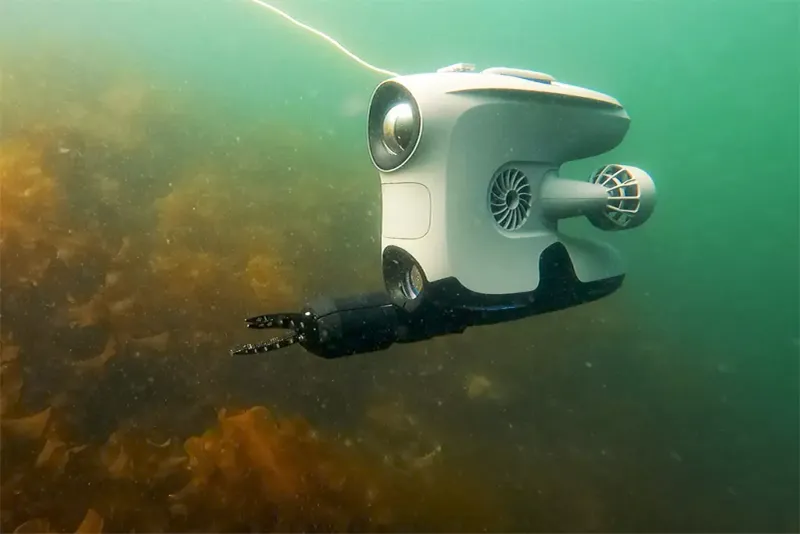
Cutting-edge robots now venture where humans cannot, transforming our understanding of the abyss. Autonomous vehicles equipped with sampling tools collect specimens from ocean trenches 36,000 feet deep.
These technological marvels withstand crushing pressure equivalent to 50 jumbo jets stacked on a person, allowing scientists to study creatures adapted to extreme conditions that could inspire new medicines and materials.
7. The Role Of Corals In Deep-Sea Ecosystems
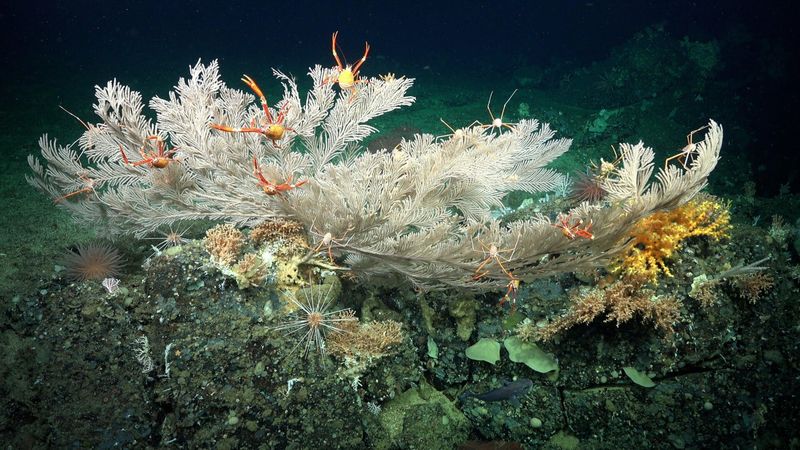
Unlike their tropical cousins, deep-sea corals thrive without sunlight in freezing waters. Some black coral specimens are estimated to be over 4,000 years old, making them among Earth’s oldest living organisms.
These ancient animals create complex habitats supporting hundreds of species, including many of the newly discovered creatures that use coral forests as nurseries, hunting grounds, and shelters.
8. Understanding The Complexity Of Oceanic Life
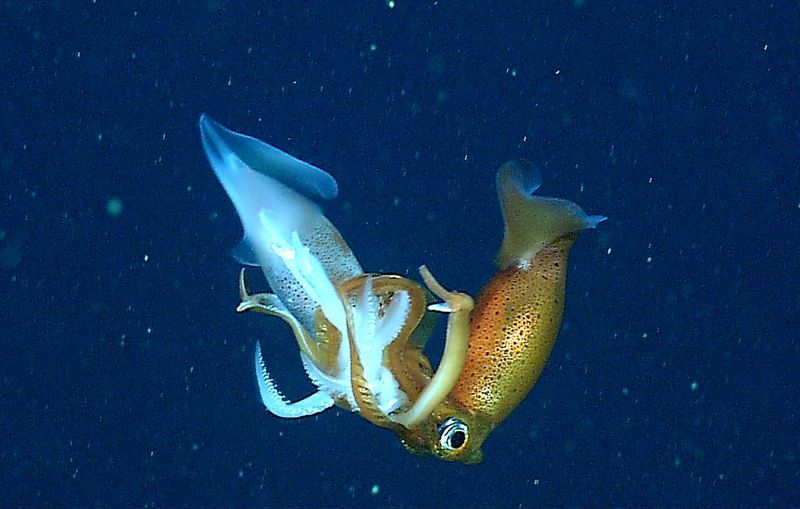
The food web in the midnight zone operates on principles scientists are just beginning to grasp. Many new species survive on “marine snow” – a constant shower of organic particles drifting down from surface waters.
Others have evolved to go months or even years between meals, with ultra-slow metabolisms that conserve energy in an environment where finding food requires tremendous luck.
9. New Arthropod Species Found In The Deep
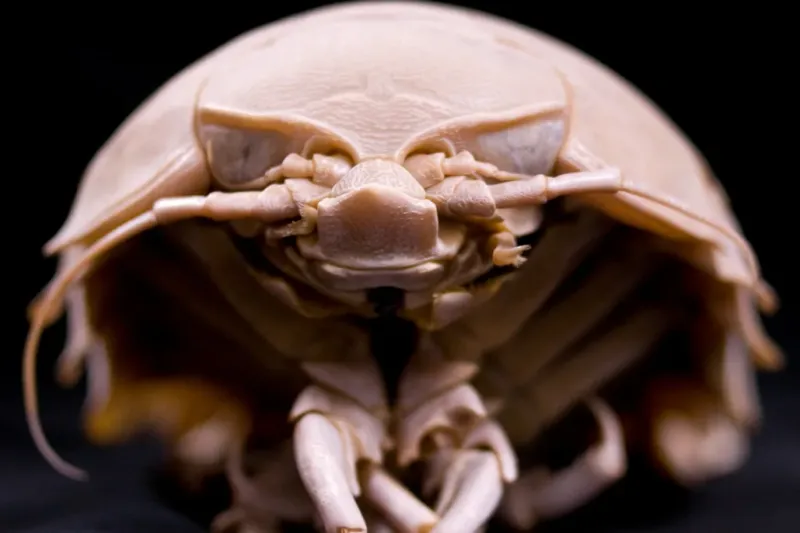
Super-sized isopods resembling giant roly-poly bugs patrol abyssal plains with surprising agility. Some newly discovered crustaceans grow over 20 times larger than their shallow-water relatives, a phenomenon called deep-sea gigantism.
Scientists believe this evolutionary strategy may help these animals survive in food-scarce environments by maximizing energy storage and minimizing predation risk.
10. How Deep-Sea Exploration Is Changing Our Knowledge
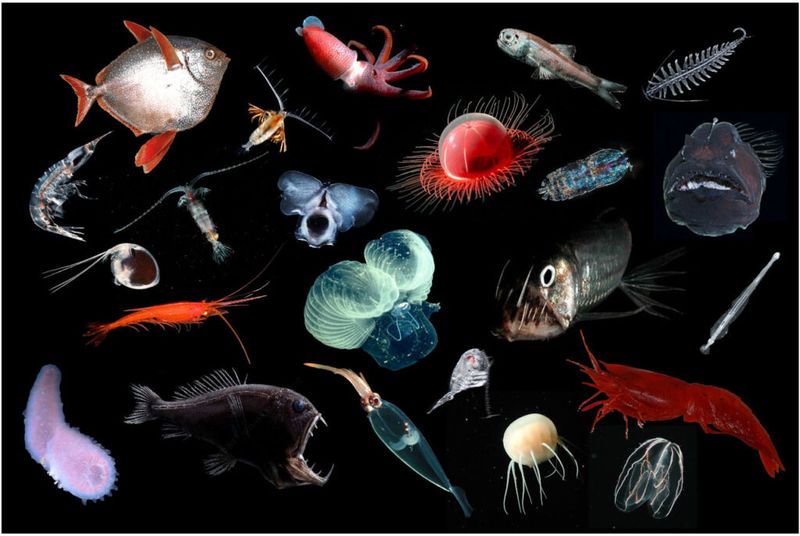
Traditional taxonomy is being revolutionized by DNA analysis of deep-sea specimens. Many creatures look identical but represent entirely different species when their genetics are examined.
Environmental DNA sampling – collecting genetic material from seawater – now allows scientists to detect species without seeing them, revealing hidden biodiversity and evolutionary relationships that challenge long-held assumptions about ocean life.
11. New Insights Into The Deep-Sea Ecosystem
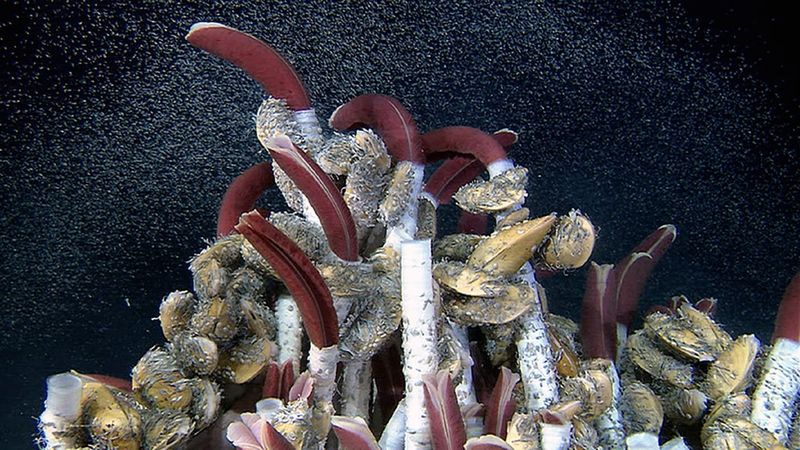
Methane seeps host bizarre communities that don’t rely on sunlight for energy. Microbes convert methane into food, supporting tubeworms with no mouths or digestive systems. These worms harbor symbiotic bacteria that provide all their nutrition.
Such partnerships between species reveal alternative energy pathways that could exist on other planets, making deep-sea exploration valuable for astrobiology.
12. Rare Marine Species Revealed In Deep Waters
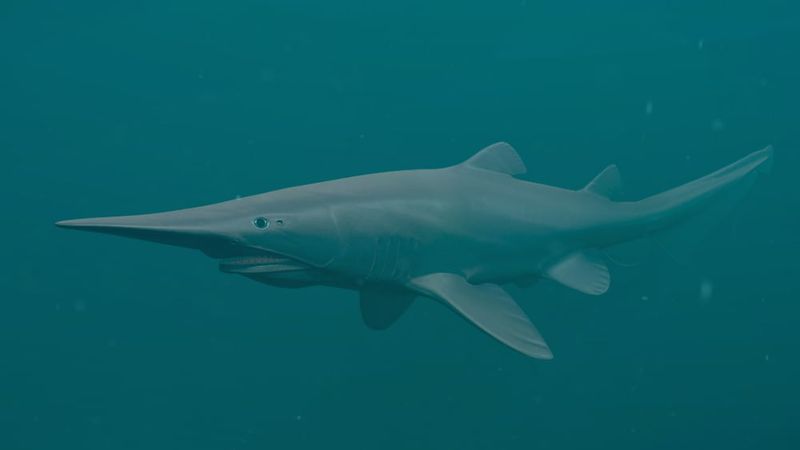
The elusive goblin shark remained virtually unknown until deep-sea expeditions captured live footage. With a jaw that projects forward to snatch prey and skin that appears pink due to blood vessels visible through translucent flesh, this living fossil has changed little in 125 million years.
Such ancient lineages provide crucial insights into evolutionary history and adaptation mechanisms through Earth’s major extinction events.
13. Expanding Our Understanding Of Ocean Life
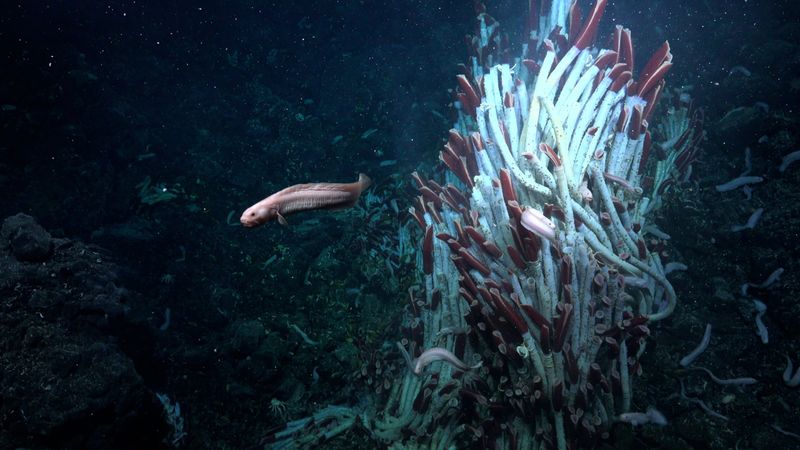
Hydrothermal vents were discovered just 45 years ago, completely changing biology textbooks overnight. These underwater geysers support communities that exist without sunlight, deriving energy from chemical reactions.
Recent explorations have found specialized bacteria that can withstand temperatures above 250°F and pressures that would crush a submarine, demonstrating life’s remarkable ability to colonize every possible niche on our planet.
14. The Impact Of Recent Deep-Sea Discoveries
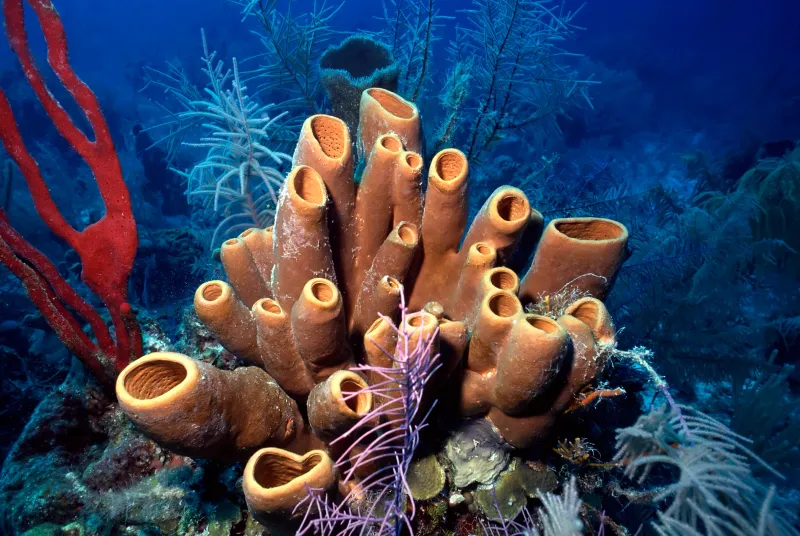
Pharmaceutical companies are racing to study deep-sea organisms for potential breakthrough drugs. Compounds from newly discovered sponges show promise against antibiotic-resistant bacteria and certain cancers.
The unique adaptations of deep-sea creatures to extreme conditions have produced biochemistry unlike anything found on land, potentially holding solutions to medical challenges that have stumped researchers for decades.




